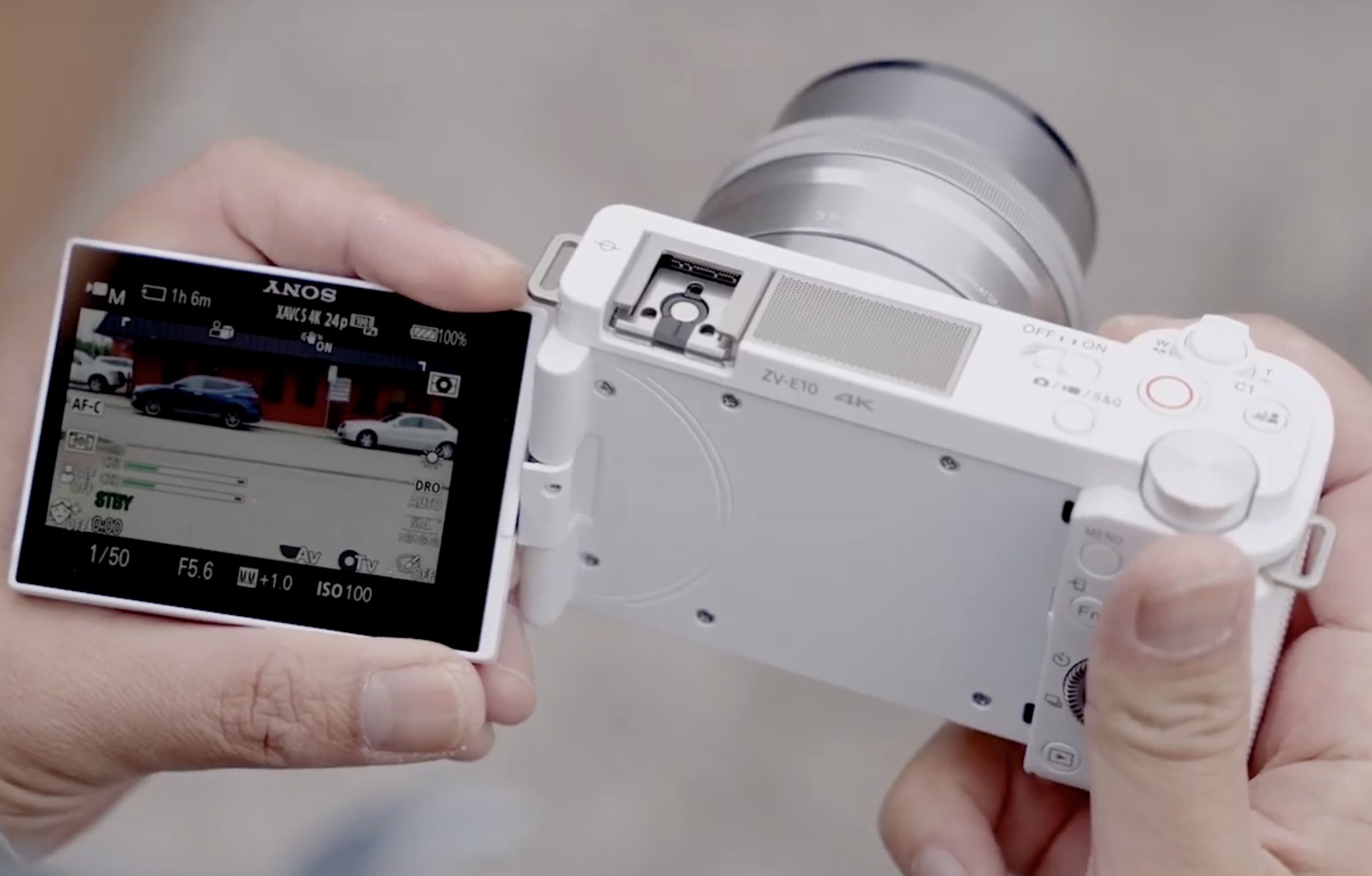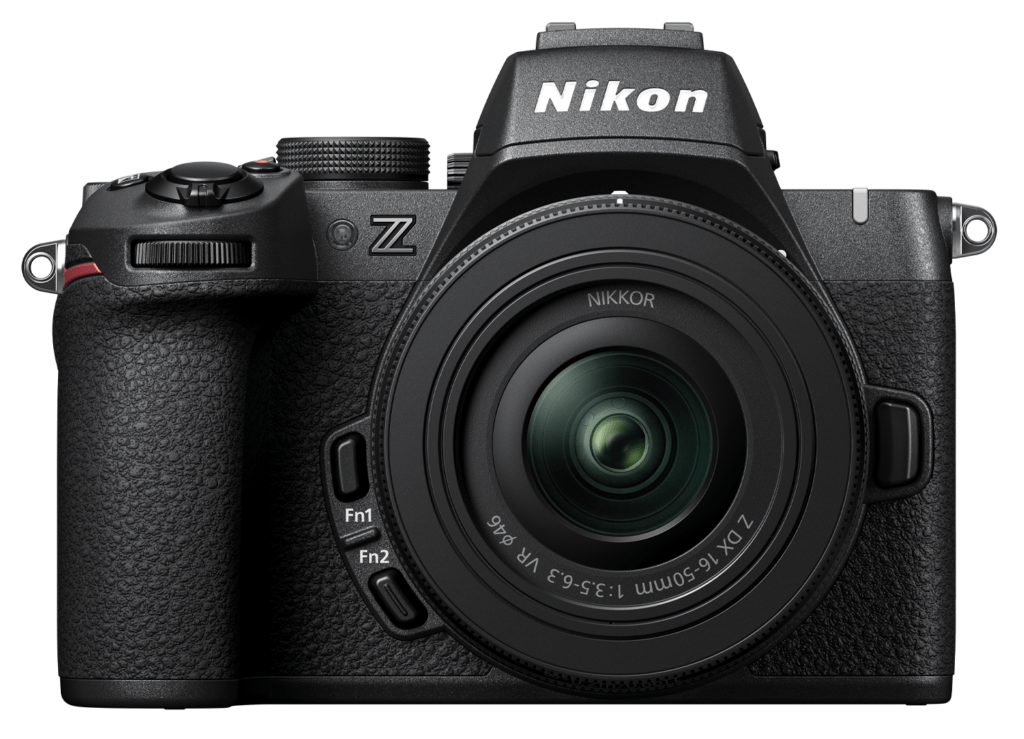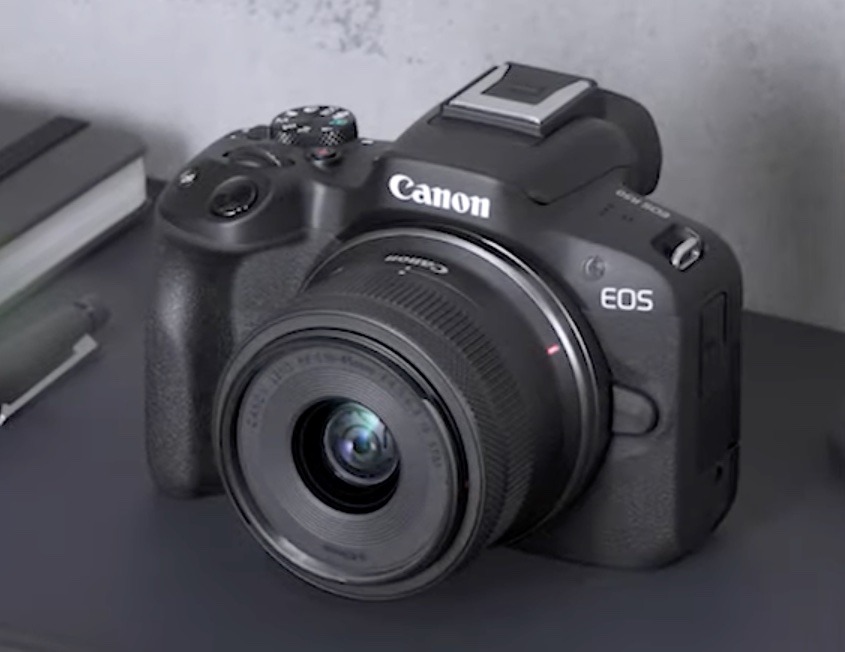Whether you’re just starting your YouTube journey or you’re a seasoned content creator looking to upgrade, choosing the right camera can make all the difference. In this guide, I’ll walk you through my top 7 camera picks — from budget-friendly options to full-frame beasts. By the end, you’ll know exactly what you’re getting for your money and which camera suits your style and needs.
7. Sony ZV-E10 – The OG Budget King
Approx. $600
The Sony ZV-E10 is still a fan-favorite in the creator community, and for good reason:
Pros:
- APS-C sensor with interchangeable lenses
- Great autofocus (Sony’s known for this)
- Compact, lightweight body
- 4K footage downsampled from 6K
Cons:
- No in-body stabilization (IBIS)
- Digital stabilization adds a heavy crop
- Complex menu system
- No electronic viewfinder (EVF)
- 8-bit video only
The Sony ZVE-10 is best for: Beginners on a budget who want to step into the Sony ecosystem.
Should you choose the ZV-E10 or ZV-E10II?
If your wondering, then read my article on the differences between the ZV-E10 and ZV-E10 II.
6. Fujifilm X-M5 – Versatility with Open Gate
Approx. $900
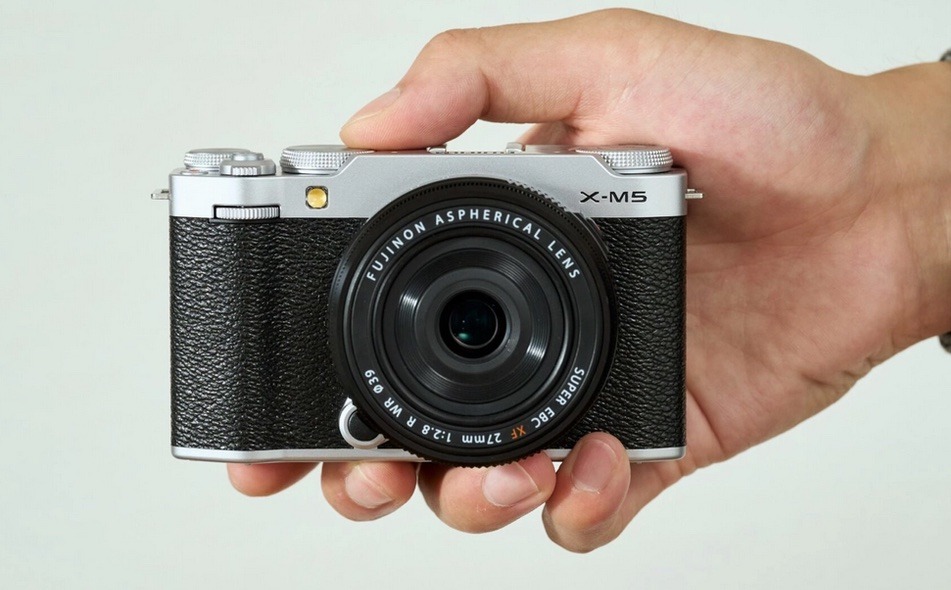
The Fujifilm X-M5 offers standout features not seen in this price range, like:
Pros:
- 10-bit video + Open Gate (great for vertical & horizontal content)
- Beautiful Fujifilm color science
- Great build quality
Cons:
- No IBIS
- Electronic stabilization adds even more crop
- No EVF
- Autofocus is underwhelming
The Fujifilm X-M5 is best for: Creators who prioritize image flexibility over fast autofocus.
5. Nikon Z50 II – Balanced & Budget-Friendly
Approx. $1,000
The Z50 II strikes a decent balance in the APS-C segment:
Pros:
- 10-bit video
- Has an EVF (unlike others at this level)
- Improved autofocus over Fujifilm
Cons:
- No IBIS
- Heavy crop when using digital stabilization
- No open gate recording
The Nikon Z50 II is best for: Those who value 10-bit video and still photography with viewfinder access.
4. Sony ZV-E10 II – A Worthy Upgrade
Approx. $1,000
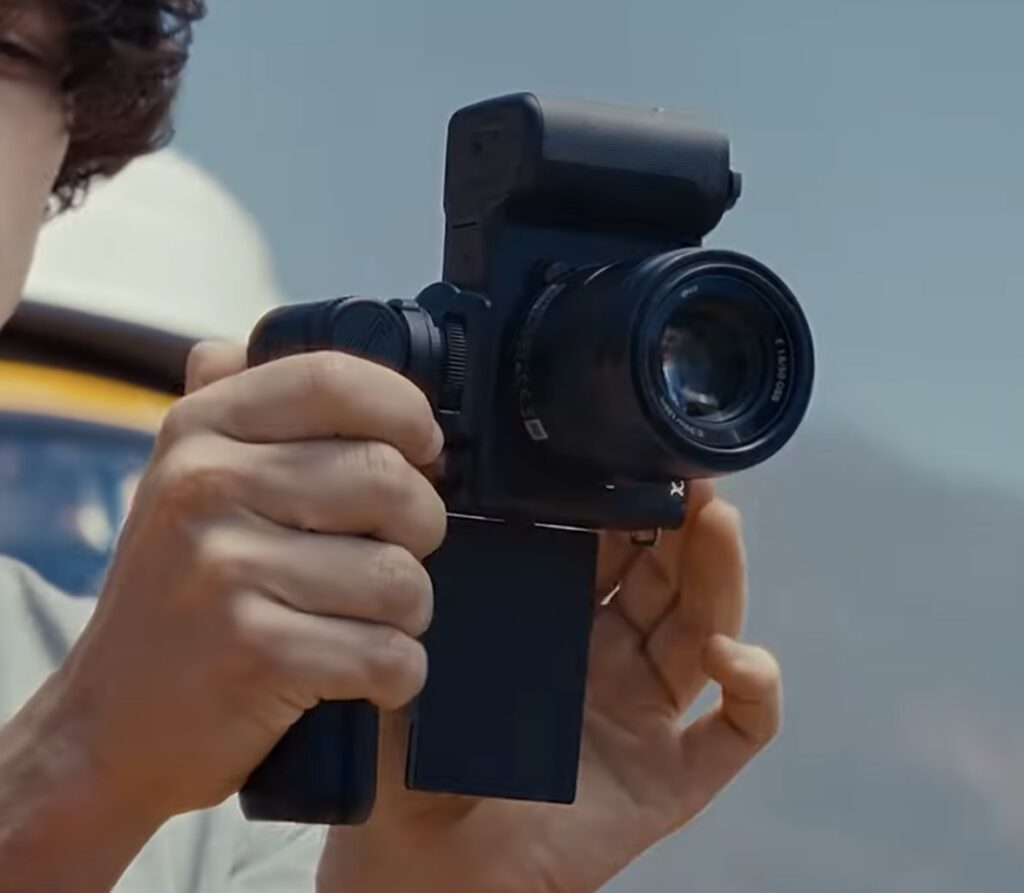
The ZV-E10 II builds on the original and adds:
Pros:
- 10-bit video
- Same sensor as the Sony FX30 cinema camera
- Outstanding autofocus
- Improved battery life & updated menus
Cons:
- No IBIS
- EVF still missing
- No open gate option
The Sony ZV-E10 II is best for: Creators who need top-tier autofocus and cinematic quality on a budget.
Thinking of buying the ZV-E10II? Then check out my video on 5 things you should know before buying the Sony ZV-E10 II.
3. Canon R50 – The Underdog Workhorse
Approx. $600
While Canon specs don’t always dazzle on paper, the Canon R50 is incredibly reliable in real-world use:
Pros:
- EVF + flip screen
- Clean 4K video (downsampled from 6K)
- Beautiful Canon color science
- Easy-to-use menus
- Solid autofocus
Cons:
- No IBIS
- Only 8-bit video (10-bit HDR PQ mode is limited)
- No log shooting
The Canon R50 is best for: Creators who want beautiful, hassle-free video for an affordable price.
By the way, the R50V is out. But is it better than the R50? If you want to know, then watch my video discussing the differences between the R50 and R50V.
2. DJI Osmo Pocket 3 – Tiny But Mighty
Approx. $500
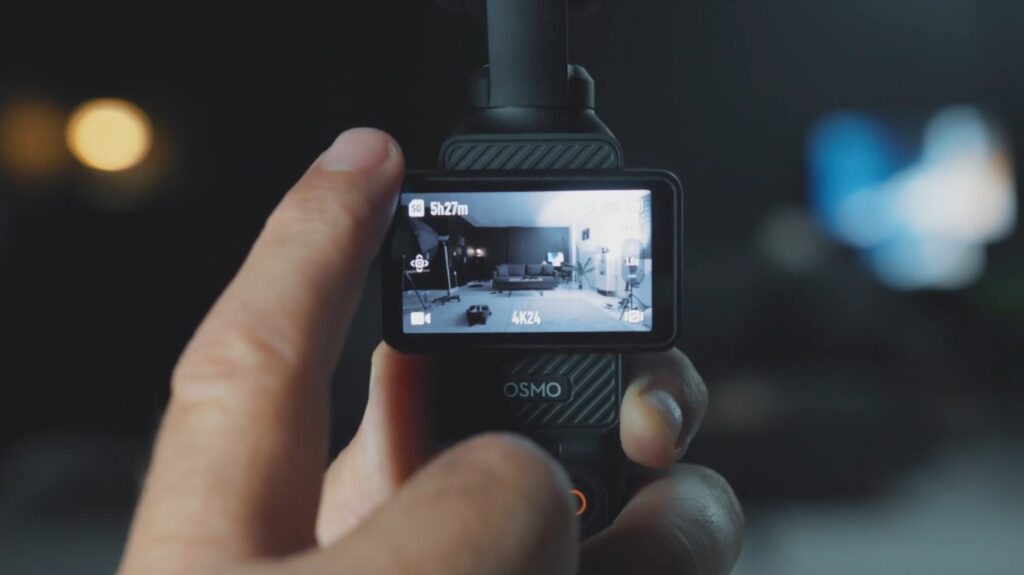
The DJI Osmo Pocket 3 might surprise you with how capable it is:
Pros:
- Built-in gimbal for buttery-smooth footage
- Compact and lightweight (fits in your pocket!)
- 10-bit D-Log video
- Great autofocus + face tracking
- No learning curve
Cons:
- Smaller 1” sensor
- Fixed lens (no interchangeable lenses)
- Not the best low-light performer
The DJI Osmo Pocket 3 is best for: On-the-go vloggers who want smooth, stable footage without a bulky setup.
Pro Tip: Get the DJI Osmo Pocket 3 Creator Combo — it includes a mic, tripod, grip, and more for just $100 extra.
Considering the DJI Osmo Pocket 3? Then read my article on 5 things to know before buying the DJI Osmo Pocket 3.
1. Panasonic Lumix S5 II – The Full-Frame Powerhouse
Approx. $2,000+
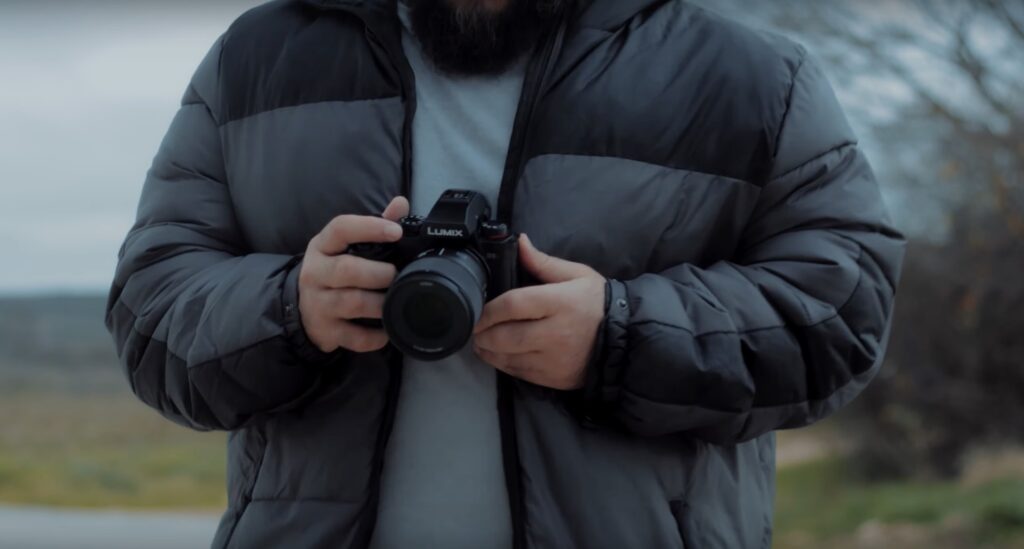
This is it. The Lumix S5 II is the all-round champion for serious content creators:
Pros:
- Full-frame sensor with jaw-dropping image quality
- 10-bit video, log profiles, open gate, and anamorphic modes
- Best IBIS on the market
- Excellent autofocus (finally, Panasonic nailed it!)
- Built-in fan = no overheating
- Long battery life
- EVF + flippy screen
Cons:
- Pricey (especially with pro lenses)
The Panasonic Lumix S5 II is best for: Creators who want pro-level filmmaking features in a compact hybrid body.
Want to learn more? Then check out my Lumix S5II and S5IIX review video or my article 5 Things You Should Know Before Buying the Lumix S5II.
Final Thoughts
Every creator is different — and so are their needs. Whether you’re looking for:
- A budget camera to kick things off,
- A vlogging setup that won’t weigh you down, or
- A full-frame beast to elevate your productions…
There’s something for you.
Just remember: the camera is important — but not as important as telling a great story, learning your craft, and staying consistent.
To learn more, watch my video on boosting your views & engagement with storytelling, or improving your content creation with mind-blowing AI tools.
Looking for other types of cameras? Then check out my other suggestions:
* As an Amazon Associate I earn from qualifying purchases. The links above earn commission. Thanks for the support!


